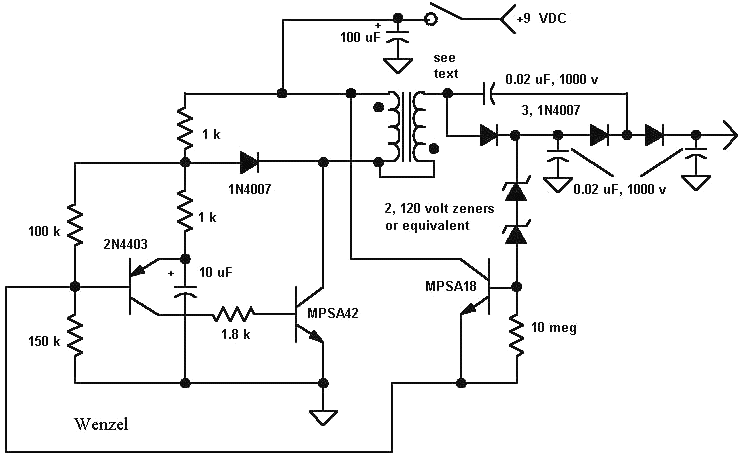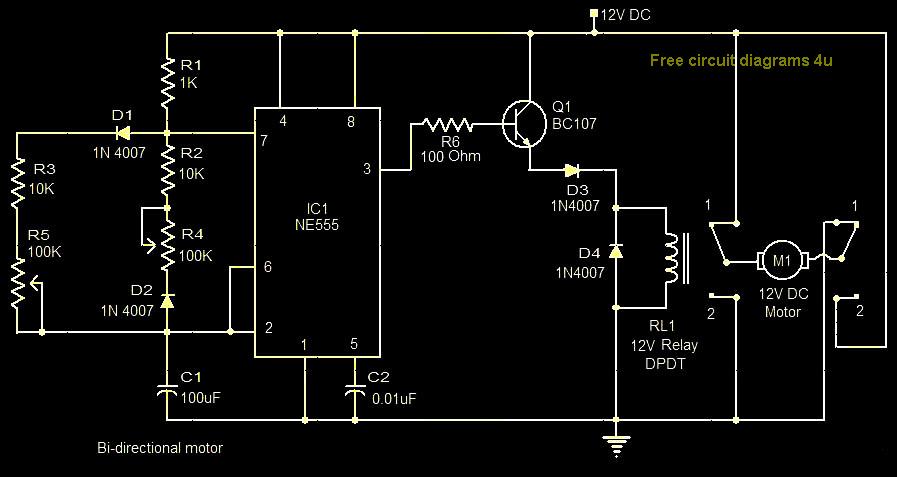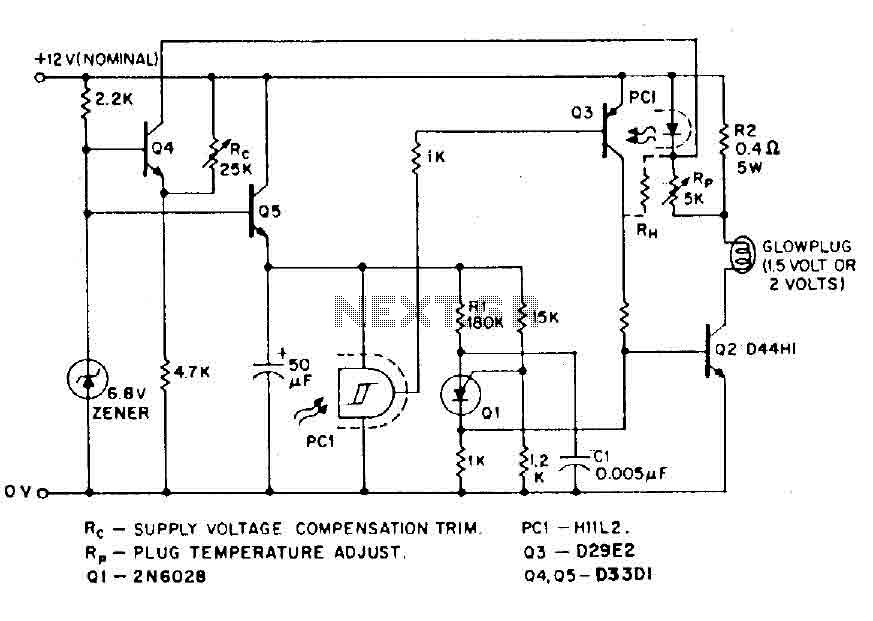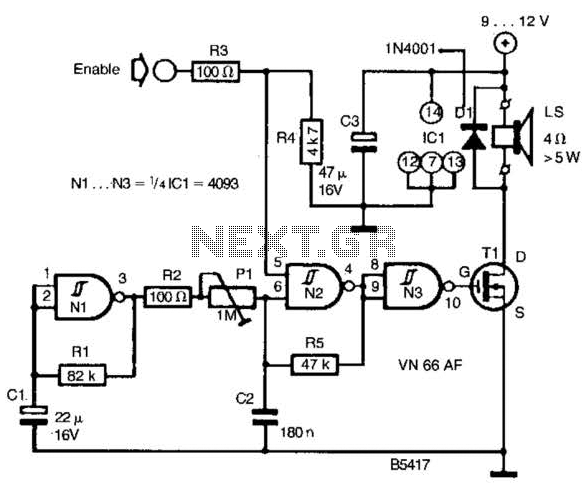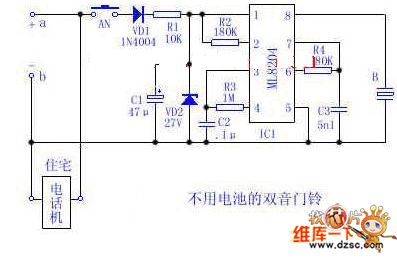
Two electric motors has started manual and automatic control circuit
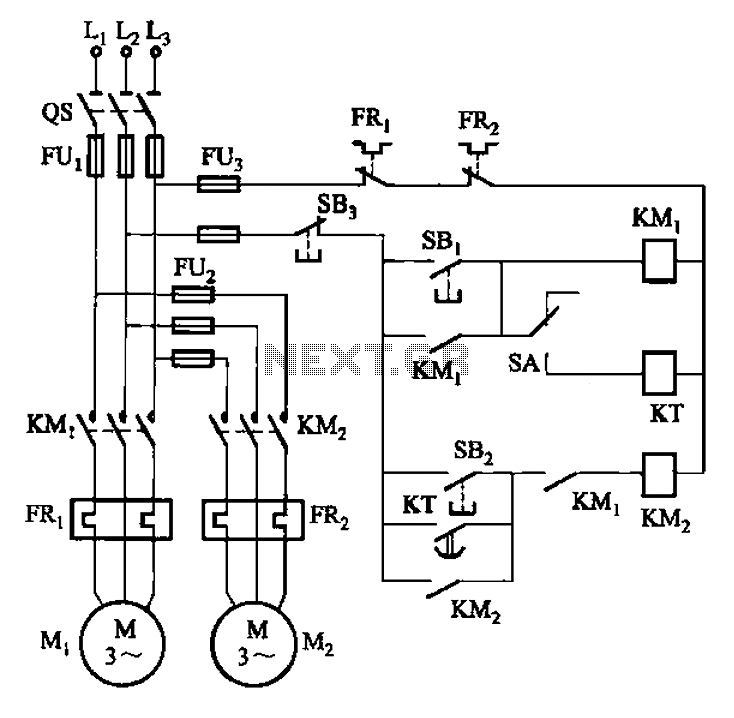
The circuit illustrated in Figure 3-85 features both manual and automatic control through the transfer switch SA. After initiating the motor Mi, an automatic start sequence is achieved via the time relay KT.
The circuit employs a transfer switch (SA) that allows for both manual and automatic operation modes. In manual mode, an operator can directly control the motor Mi, initiating it as needed. The automatic mode is facilitated by the time relay (KT), which is programmed to activate the motor after a predetermined delay. This feature is particularly useful in applications where a delay is required to ensure that certain conditions are met before the motor starts.
The motor Mi is connected to a power supply through the transfer switch, which can be toggled based on the desired mode of operation. When the automatic mode is selected, the time relay KT begins its countdown as soon as the circuit is powered. Upon completion of the countdown, the relay closes its contacts, allowing current to flow to the motor Mi and thereby starting it.
The circuit design may also include additional protective elements such as fuses or circuit breakers to safeguard against overload conditions. Furthermore, status indicators may be integrated to provide visual feedback regarding the operational state of the motor, whether it is running, idle, or in a fault condition.
Overall, this circuit configuration is beneficial in applications requiring flexibility in operation, enabling both manual intervention and automated control based on specific timing requirements. Circuit shown in Figure 3-85. Manual and automatic control through the transfer switch SA. After starting the motor Mi, to start. Automatic start sequence by time relay KT to a chieve.
The circuit employs a transfer switch (SA) that allows for both manual and automatic operation modes. In manual mode, an operator can directly control the motor Mi, initiating it as needed. The automatic mode is facilitated by the time relay (KT), which is programmed to activate the motor after a predetermined delay. This feature is particularly useful in applications where a delay is required to ensure that certain conditions are met before the motor starts.
The motor Mi is connected to a power supply through the transfer switch, which can be toggled based on the desired mode of operation. When the automatic mode is selected, the time relay KT begins its countdown as soon as the circuit is powered. Upon completion of the countdown, the relay closes its contacts, allowing current to flow to the motor Mi and thereby starting it.
The circuit design may also include additional protective elements such as fuses or circuit breakers to safeguard against overload conditions. Furthermore, status indicators may be integrated to provide visual feedback regarding the operational state of the motor, whether it is running, idle, or in a fault condition.
Overall, this circuit configuration is beneficial in applications requiring flexibility in operation, enabling both manual intervention and automated control based on specific timing requirements. Circuit shown in Figure 3-85. Manual and automatic control through the transfer switch SA. After starting the motor Mi, to start. Automatic start sequence by time relay KT to a chieve.
